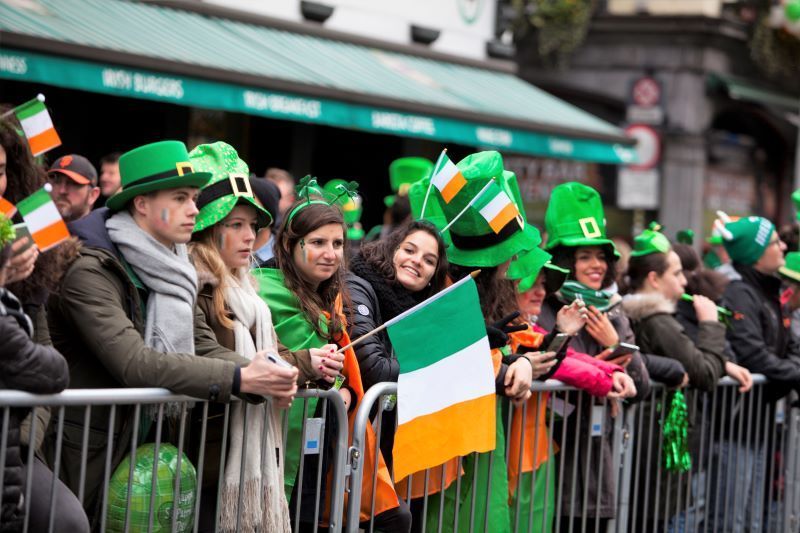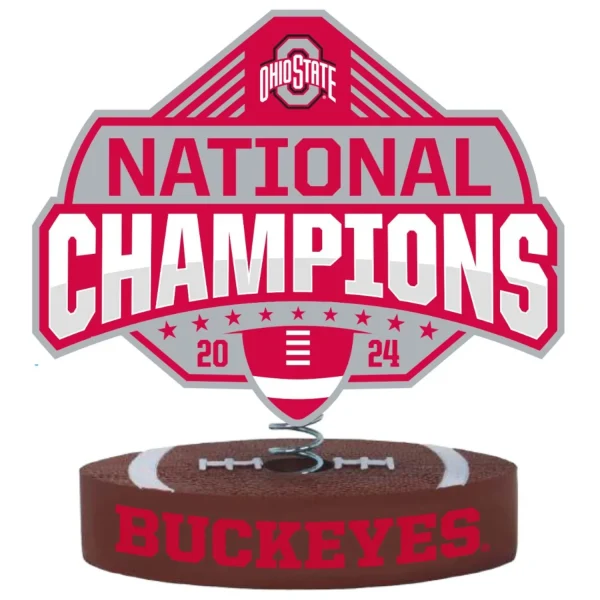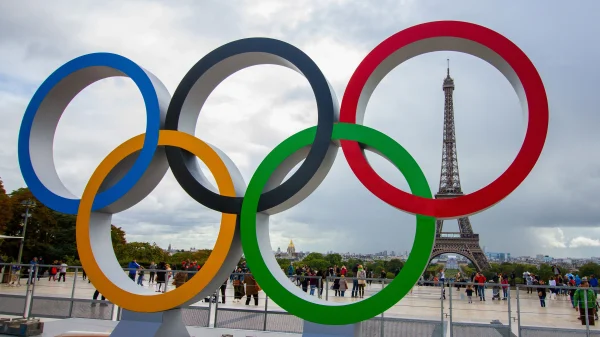What is St. Patrick’s Day?
Many people are celebrating together for the St. Patrick’s Day Parade in Chicago.
Luck is in the air and spring is coming soon! Look for a four-leaf clover, run to the rainbow, and find a pot of gold. And what’s that? Do you see it? It’s a small leprechaun heading towards you to get the gold! Now, doesn’t that sound very unrealistic, I definitely thought it did. These ideas are what the majority of people picture when they think of St. Patrick’s Day.
How did it start?
Even though there is some truth to it, this is not exactly the reality of it. Let’s try understanding the history of St. Patrick’s Day and try discovering the real truth behind it all. It all began when St. Patrick was born in Britain and kidnapped at 16 by Irish raiders. After 6 years of captivity, he began to convert into Christianity and returned to Ireland as a missionary. Having a great following too many, he transformed most of Ireland from Pagan to Christianity. Sadly, St.Patrick soon died on March 17th and was honored years later as the “Patron Saint of Ireland”.
Furthermore, the ideas of four-leaf clovers, leprechauns, and wearing green also were told from myths. Clovers were actually used by St. Patrick to display the idea of the holy trinity. Due to this, by the 18th century, many Irish Christians wore shamrocks to display their Christianity pride. Years later, this idea of wearing shamrocks soon developed into wearing green clothing.
As for the idea of leprechauns, they are actually known as “lobarcin” which is Irish folklore meaning “small-bodied fellow”. These leprechauns were known from Celtic beliefs. Leprechauns were known for their trickery and mending the shoes of other fairies. Leprechauns are so well known that they have their own holiday on May 13th.
From this idea of leprechauns, it was introduced into St. Patrick’s Day because of many associate each Ireland celebration with each other. In addition, many platforms of media would often introduce these two ideas together which would sometimes make a negative perception of the truth in celebrating these days.
Celebrating the Green!
Celebrating St.Patrick’s day is more than just finding four-leaf clovers. For example, in Ireland, they celebrate with parades, festivals, Irish dishes, and visiting the former home of St. Patrick. Additionally, many other countries like Japan, Singapore, Russia, and Canada celebrate this day. Likewise, the United States is also well known for celebrating this holiday having one of the largest productions celebrating it.
Renee Ritchie, a junior at Lenoir City High School, is another of the many that celebrate St. Patrick’s Day.
“I think it’s a fun idea because you have everyone dress up in green or else you’ll be pinched,” said Renee Ritchie (11).
The Significance of St. Patrick’s Day
Knowing the history of St. Patrick’s Day might help get a better grasp of what we’re truly celebrating. So, don’t just think of this day as leprechauns, pinching others, and finding four-leaf clovers; instead, think of it as a celebration in bringing more of different cultures together and understanding Irish beliefs.
“It kind of unites people because we all recognize it by wearing green and celebrating with others,” said Mia Harrison (11).
Of course, you can celebrate with green attire and traditional Irish dishes only, but having these historical events in mind can keep us from getting confused about the literal meaning of St. Patrick’s Day!





